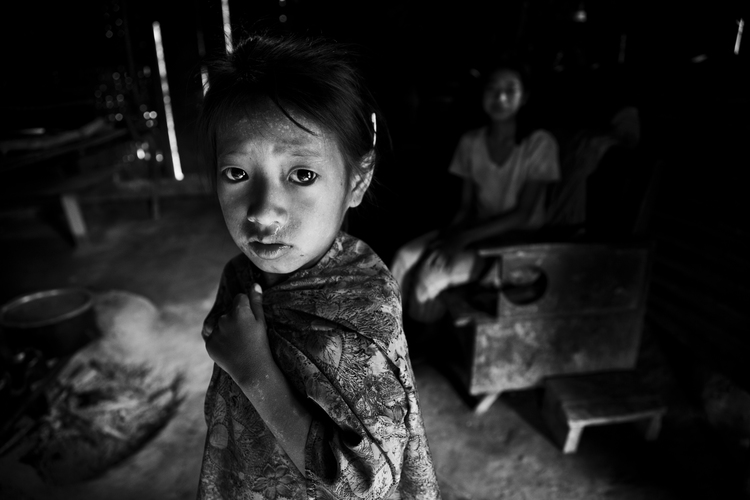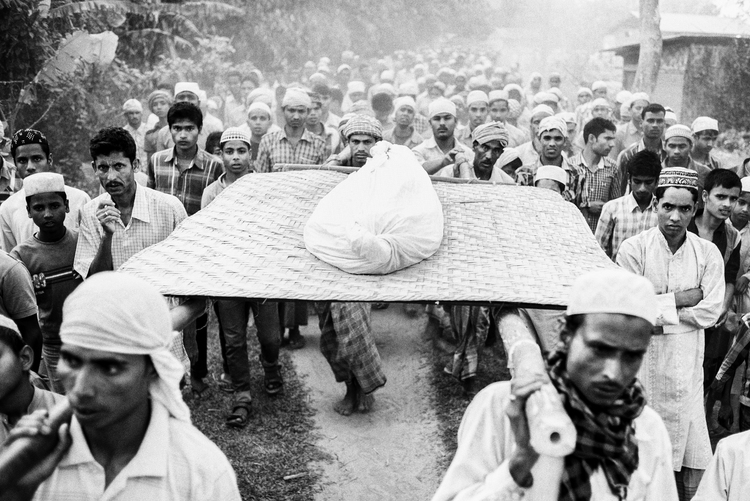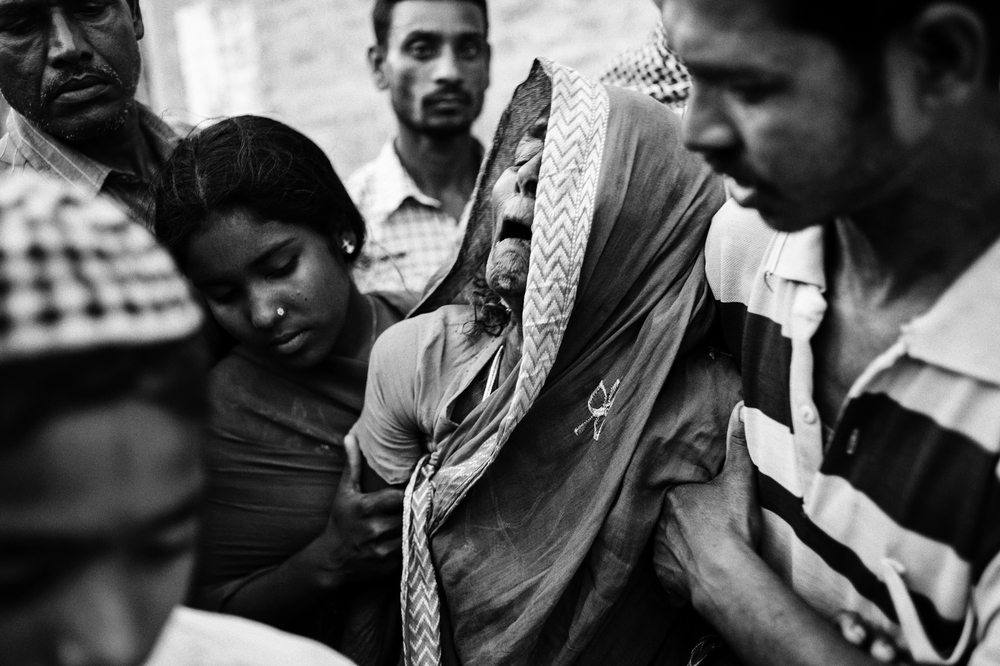The purpose of this exercise is to understand that photographs are mute and do not explain context, they are taken in, John Berger describes this as discontinuity or more plainly "ambiguous".
It is open to interpretation by the viewer.... Here were my five...
The Results / Feedback
I received some good feedback from these five images and I was surprised to find that some of the images had the same viewpoints. This would indicate similar interpretations which suggests a good focal point to the images.
In the first image a reference to "eye tests" was common, or "I can see better with this eye", although my favourite was "behind bars". The second image concentrated on the weather which is not surprising. However I was glad to see one comment "Kings of the Mountain", this was true as it was taken on the top of Scafell Pike in truly awful weather, and yes we did feel like Kings at the time.
The third image picked up on more than one occasion pointed out that two people in the photo didn't have a bike. One comment was "Reservoir Dogs, Iron Man Edition". This I thought was a great description and one that was also made on Facebook. There was no reference to the setting sun, except perhaps for one comment that was "End of a long day". Indeed it was a long day, it was a challenge to ride from dawn to sunset in an aim to "Chase the Sun" from the East Coast of Southern England to the West Coast, some 205 miles. So the fact that the sun is still shining is proof of our success and obvious tiredness.
The fourth image was a basic Grandson and Grandfather picture taken in the early 1970's and this was picked up on well.
The final image had descriptions that used the word "contemplation" multiple time, and that is exactly what was happening. Other comments were a bit darker with the possibility of something much worse, with one comment detailing the mobile phone on top of the bag as if a last call had been made.












